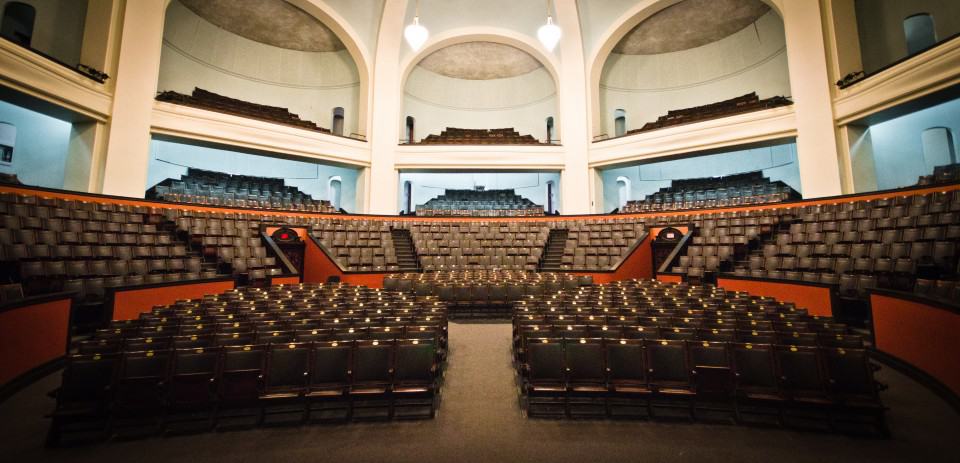[dropcap]I[/dropcap] still recall quite vividly my first day of classes at the University of Toronto. I remember standing at the back of a crowded lecture hall and taking a good look around the classroom prior to the beginning of the lecture. I also remember feeling incredibly lonely and secluded: at the time, there were over 600 students in one lecture hall and around 1,600 students enrolled in total.
I am sure that many students new to the university share this sentiment — the sheer size of the learning environment at U of T is enough to shock students coming from high school classrooms.
Every year, U of T and many other major institutions in Canada continue to admit an increasingly large amount of new undergraduate students. Undergraduate enrolment at U of T totalled 69,761 in 2015, up over 7000 students since 2010.
[pullquote]The increasing demand for education puts a strain on the supply of resources needed to facilitate a quality educational experience.[/pullquote]
On the one hand, it is encouraging that the university admits so many students each year. A university degree has come to signify a sort of educational tool belt, intended to teach students the critical thinking and problem-solving skills necessary for success employment.
Furthermore, high enrolment rates uphold the principle that post-secondary education should be available for every student who wishes to pursue it.
Though these are noble values to build an education system around, the increasing demand for education puts a strain on the supply of resources needed to facilitate a quality educational experience.
As many of us know, this results in a head-on collision with our view of a traditional classroom setting. Gone are the days when students could call their classrooms a community — instead, the educational experience is one of seclusion, distance, and anonymity, from the instructor and peers.
Fortunately, many initiatives have been put in place to combat this issue, and the option of using Supplemental Instruction (SI) has recently garnered attention. Originally developed by educators at the University of Missouri-Kansas City (UMKC), SI aims to tap into an under-appreciated resource available at every university setting: students who have recently completed these large courses.
UMKC proposed employing evidence-based, peer-assisted study sessions to improve student retention and success within historically challenging courses. The SI program was soon expanded outside UMKC and the US, and it is now available at many institutions.
SI provides regular review sessions outside of class, in which students work collaboratively to improve one another’s understanding and retention of the content taught. This platform has evolved to be a catalyst for cognitive development outside of classrooms, through the use of social and communal interdependence even in the largest of educational environments.
This past semester, I led an introductory biology Facilitated Study Group (FSG), which is part of UTSC’s very own SI program. I noticed first hand the strong sense of classroom culture and community that emerges from routine sessions.
[pullquote]Looking back to my first day of classes at the university, I feel that my experience would have been significantly different had FSGs been available to me as a resource.[/pullquote]
Over time, the students increasingly engaged and interacted with peers who were in the same boat; this lead to a stronger sense of community and belonging that motivated individuals to look out for one another, which was made evident by the frequent conversations that ensued on our Facebook group and the benevolent circulation of course resources. The students’ willingness to share and explain concepts and their desire to attend non-mandatory sessions reflected a broader commitment to learning and the community within this setting.
Looking back to my first day of classes at the university, I feel that my experience would have been significantly different had FSGs been available to me as a resource. The ability to facilitate such a meaningful program for others — one that I once strongly desired for myself — has been one of the highlights of my undergraduate education thus far.
What excites me even more, however, is that the SI model will soon be adopted within classrooms at the St. George campus. The hope is that the positive experiences of both facilitating and attending these sessions will reach thousands of students at the largest university in Canada. If well-implemented and well-received, this program could have a monumental impact on campus community.
Sarthak Sinha is a second-year student at the University of Toronto Scarborough studying neuroscience and psychology. In winter of 2016, he facilitated FSG sessions for first-year Introductory Biology students.


